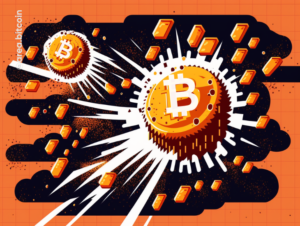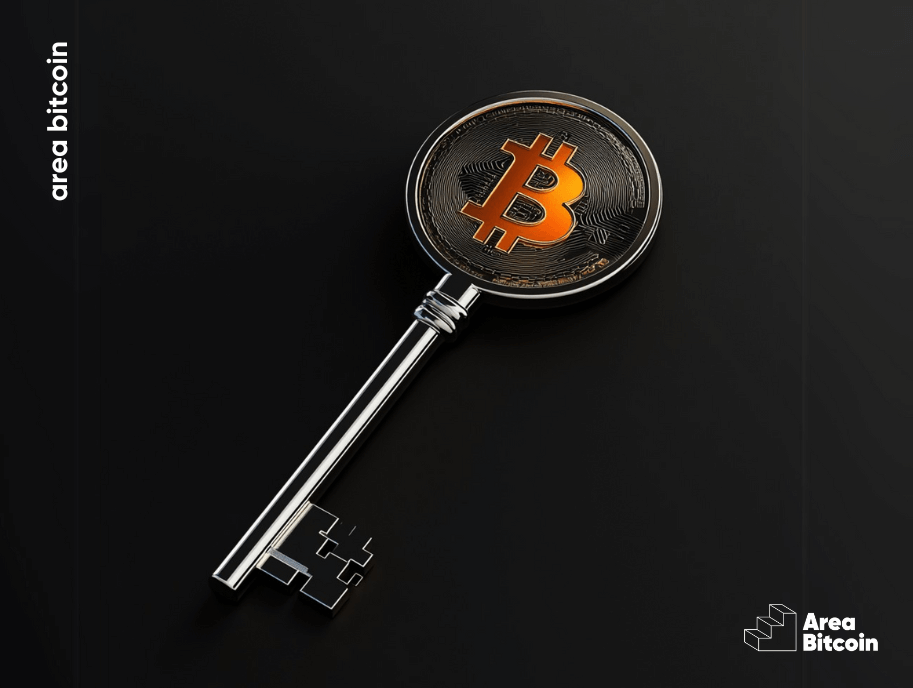Yesterday it was announced that Rollkit will support the first sovereign rollup frameworks on Bitcoin.

But what the hell does that mean?!
It means that other protocols will be able to integrate with bitcoin relying on its security and data immutability while running new functionalities in adjacent layers. With the new integration, it will be possible to run EVM on Bitcoin with a Rollkit sovereign rollup, create smart contracts and applications previously only available on other protocols.
This new functionality was made possible because of Bitcoin’s Taproot upgrade and the start of using block space for inscriptions made by Ordinals to publish arbitrary data on the blockchain.
Prior to the introduction of Taproot, the data that could be entered in a single transaction was limited to 80 bytes. The Taproot upgrade increased the amount of data a transaction could enlist, from 80 bytes to a full block’s worth of data (around 4 MB). In short, it has become easier to post large amounts of data on the Bitcoin blockchain.
Now that there are thousands of inscriptions on Bitcoin, it has become clear that rollups and an ecosystem of dapps on Bitcoin can become a reality. Even more so as these bitcoin inscriptions today are about 7x cheaper than in Ethereum.
How Does the Rollkit and Sovereign Rollups Work?
Rollkit is a modular framework for rollups where developers can connect custom execution layers and data layers. Sovereign Rollups manage their own execution and settlement while offloading consensus and data to Bitcoin.

Rollups work by inserting information from the rollup blockchain as inscriptions into taproot transactions. In this way, the rollkit works through two functions: one to send cumulative blocks and another to retrieve them.

The bitcoin-da package makes it possible for any project to write and read data on the Bitcoin blockchain via taproot inscriptions.
The big difference between these Sovereign Rollups for sidechains or validity rollups is that they can have their own execution environment with custom logic support, while having bitcoin-level data availability and double-spending resistance without the need to have a trustless bridge.

EVM now available on Bitcoin
Rollkit supports custom execution layers such as Ethereum EVM, CosmWasm, or Cosmos SDK. To test the integration, Rollkit used Ethermint as a sovereign rollup on a local Bitcoin test network. Below they shared a video with the demo.
Altcoins on Bitcoin?
The integration of rollups into Bitcoin is an early research implementation and is not ready yet. We talk about the possibility of creating altcoins on Bitcoin sidechains or adjacent layers and the effects of this in this video:
Rollups… after all, is this good for Bitcoin?
What are the risks?
For Bitcoin nothing changes, it follows its own consensus mechanism independent of other networks. On the upside, these integrations have the potential to increase competition for space on the bitcoin block, fulfilling the expectation that as halvings pass and demand for block space increases, network fees will replace the block reward provided to miners.
On the other hand, it brings all the speculative side of altcoins. Layer 2 tokens may emerge, backed by dazzling innovation promises, but with the old pinches of centralization. After all, these parallel blockchains are created from multisig transactions and someone (or “someones”) will have possession of these multisig keys. They will be sorts of federated blockchains. This does away with the word “sovereign” from sovereign rollups entirely.
Well, apparently it won’t be easy for more conservative bitcoiners to stay away from speculation now that altcoins can integrate into BTC side layers. If a whole market of digital assets emerged from bitcoin, will this market return to it?
In the end, were other L1s always tests that would sooner or later be integrated into Bitcoin?

Only time will tell. Waiting for the next chapters…
Share on your social networks:

One of the leading Bitcoin educators in Brazil and the founder of Area Bitcoin, one of the largest Bitcoin schools in the world. She has participated in Bitcoin and Lightning developer seminars by Chaincode (NY) and is a regular speaker at Bitcoin conferences around the world, including Adopting Bitcoin, Satsconf, Bitcoin Atlantis, Surfin Bitcoin, and more.
Did you like this article? Consider buying us a cup of coffee so that we can keep writing new content! ☕







